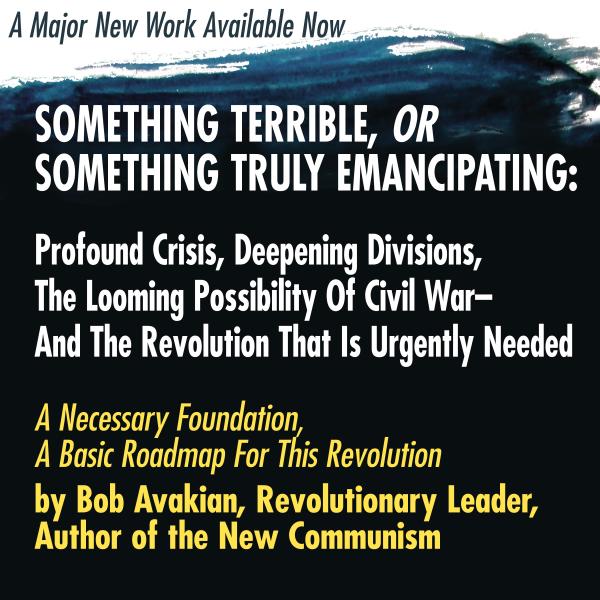A supply chain is an integrated network of production units, transport, and distribution forming the process of producing a final commodity for sale: from clothing, to automobiles, to pharmaceuticals, to electronics, and jet engines. Imperialist capital contracts out to different suppliers that are links in interrelated segments of production. Supply chains encompass mining of materials, manufacture of parts and components, assembly of products, and transportation.
Supply chains (sometimes called “value” or “commodity” chains) constitute what some scholars call the “new central nervous system” of the world (imperialist) economy. By the 2010s, 80 percent of global trade was flowing through supply chains dominated and controlled by Western transnational corporations. One in five jobs worldwide is linked to production in these chains.
Low-cost production in the oppressed countries is pivotal to the profitability of these supply chains.
Now the same factory in China might be producing goods for different Western corporations. But supply chains are not some single monolith serving a single “super-imperialist” capital. They are privately controlled by competing corporations, banking, and investor groups. They are weapons in the competitive battle of imperialist capital for winning market share. The imperialist corporations that command these supply chains, that purchase the output from low-cost suppliers, put continual pressure on suppliers to further cheapen costs, and move operations from, let’s say, Indonesia to Vietnam. And as imperialist rivalry intensifies, supply chains are geographically reconfigured to lower costs, to minimize disruptions, and build up new or strengthen existing bases of competitive strength. This has been a phenomenon of the 2020-21 pandemic, as trade tensions between the U.S. and China grew.
Imperialist supply chains combine 21st century high-tech global coordination of production and transport with 19th century sweatshop conditions in the oppressed countries, as in the garment factories of Bangladesh that employ 3.6 million workers, many of whom live in mud-drenched slums. Low-cost suppliers in Honduras, in China, in Vietnam, and elsewhere are competing with other suppliers to meet production targets and standards set by a company like Target. If that means factories with no grounded wire or fire exits... if it means makeshift buildings that collapse, only to be replaced quickly by others—so be it. That is the cost-cutting logic of capital and profit maximization.
